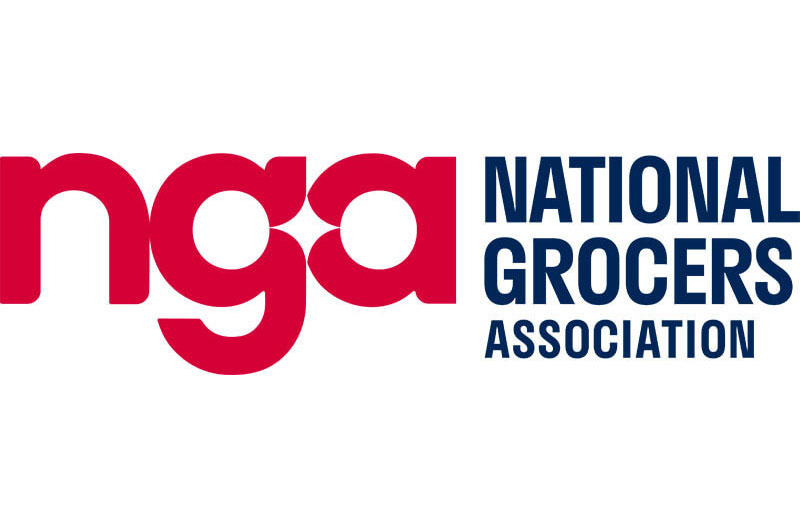With year-over-year online channel sales up 17 percent and vastly outpacing in-store growth, understanding omnichannel shopper behavior is vital for retailers of all sizes. As independent grocers, how can you better understand today’s omni shoppers?
In a recent webinar hosted by the National Grocers Association, experts from Nielsen IQ offered valuable insights along with a preview of the top channel-shifting trends and consumer dynamics to watch in 2024.
The presenters – VP and Omni Industry Leader Ken Cassar and VP of Omni Solutions Stacey Maniscalco – explored changing shopper behavior trends across channels, retailers and platforms and their impact on loyalty; key differences among generational cohorts and underlying behaviors; and top trends to watch for in 2024 to help you stay on top of the rapidly evolving shopper behavioral changes and key differences in channel choice across generations.
What’s clear is that “omnishopping” is here to stay, with emerging channels chipping away at grocery store and mass stock-up-trip dominance since the turn of the 21st century. How you tackle this new normal will influence your success.
Here are some key takeaways from the discussion:
Online sales now account for 17 percent of CPG sales and are growing 7 points faster than in-store sales. Food lags but is making headway; food is at 9 percent but has grown 18 percent YOY, compared to 8 percent in-store growth. Online CPG sales are far less dominated by food than in-store (34 percent vs. 71 percent).
In-store pickup accounts for a larger share of fresh, frozen and refrigerated food sold online, but the trend is toward delivery: 48 percent delivery vs. 52 percent pick-up. While underindexing against brick and mortar, fresh, refrigerated and frozen items account for a surprisingly large share of online sales: 32 percent online vs. 40 percent in-store.
Online buying rate growth is being driven by continued significant growth in occasions per buyer. Online buying rate growth has been far more significant than in-store, accounting for a significant portion of the continued shift to online – up 13 percent in-store, 51 percent online.
Since COVID, online has grown its share of food sales. While the pandemic forced consumers to stock up and retailers to scramble online, post-COVID consumers are reverting to their fragmenting ways. Fragmentation of trips post-COVID was entirely limited to in-store purchases. Online trips remain dominated by “spearfishing” (shopping planned around a handful of specific items).
Spearfishing trips have stolen the greatest share of stock-up trips’ decline. Unique online strategy for sales is critical to win in this space, with spearfishing dominating the channel.
Younger generations are leading the online charge. Gen Y is leading the push toward online. While Boomers lag, Gen Y’s online spending outpaces all other generations in all departments. Gen Z spending online is accelerating faster than any other generation as they age into earning power and place new value on convenience.
Online shopping penetration has stabilized. Food and household care have seen the greatest growth, with the online buying rate increasing significantly across all departments, powered by growth in shopping occasions.
Amazon’s weak flank is store-based retailers’ strength. Amazon’s challenges to deliver fresh and frozen goods creates opportunities for store-based retailers to provide full-basket solutions to shoppers.
Tracking the omnishopper is more critical than ever. Brick-and-mortar views are no longer good enough, as more buyers expand and stay online. An engaged panel is critical in tracking shopping behavior. Don’t settle for good enough when it comes to managing your business and determining how to allocate your budget on- and off-line.
For more exclusive insights, view a recording of the complete webinar at https://attendee.gotowebinar.com/recording/310241933562603268.

